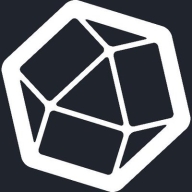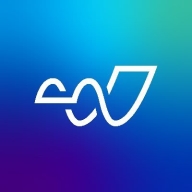

InfluxDB and LogRhythm NetMon are competing in the data management and network security categories. InfluxDB may have the upper hand in cost-effectiveness and scalability, while LogRhythm NetMon excels with its comprehensive security features justifying its premium price.
Features:InfluxDB handles large-scale time-series data efficiently, offers compatibility with various data sources, and integrates well for IoT and DevOps environments. LogRhythm NetMon provides robust network traffic analysis, extensive security analytics, and effective threat detection, making it essential for security-focused settings.
Room for Improvement:InfluxDB could improve its detection and threat analysis capabilities and bolster its security features. Enhancing its user interface for better accessibility would be beneficial. LogRhythm NetMon might work on reducing deployment complexity. Streamlining initial setup times and cost is another area of potential improvement, alongside enhancing flexibility in less complex environments.
Ease of Deployment and Customer Service:InfluxDB supports flexible cloud, on-premise, and hybrid deployments, with comprehensive documentation and community support aiding in a smooth deployment process. LogRhythm NetMon offers guided implementation with dedicated support teams and professional services, ensuring detailed customization and operational efficiency in complex environments. While InfluxDB's deployment is more straightforward, LogRhythm NetMon requires more resources but provides tailored assistance.
Pricing and ROI:InfluxDB offers a scalable solution with minimal upfront costs, providing a positive ROI over time due to its efficient data handling. LogRhythm NetMon requires a higher initial setup investment but delivers considerable ROI through its enhanced network security and threat mitigation capabilities. The pricing difference emphasizes InfluxDB's budget-friendly scale, whereas LogRhythm NetMon's higher costs are justified by its advanced security features.


InfluxDB is open-source software that helps developers and enterprises alike to collect, store, process, and visualize time series data and to build next-generation applications. InfluxDB provides monitoring and insight on IoT, application, system, container, and infrastructure quickly and easily without complexities or compromises in scale, speed, or productivity.
InfluxDB has become a popular insight system for unified metrics and events enabling the most demanding SLAs. InfluxDB is used in just about every type of industry across a wide range of use cases, including network monitoring, IoT monitoring, industrial IoT, and infrastructure and application monitoring.
InfluxDB offers its users:
InfluxDB Benefits
There are several benefits to using InfluxDB . Some of the biggest advantages the solution offers include:
Reviews from Real Users
InfluxDB stands out among its competitors for a number of reasons. Two major ones are its flexible integration options and its data aggregation feature.
Shalauddin Ahamad S., a software engineer at a tech services company, notes, “The most valuable features are aggregating the data and the integration with Grafana for monitoring.”
Identify Emerging Threats on Your Network in Real Time
Transform your physical or virtual system into a network forensics sensor in a matter of minutes for free with LogRhythm's NetMon Freemium. Your investigations will come together effortlessly with extensive corresponding metadata, full packet capture, and customizable advanced correlation.. Detect network-based threats with real-time network monitoring and big data analytics
Get the visibility you need with NetMon.
We monitor all Network Monitoring Software reviews to prevent fraudulent reviews and keep review quality high. We do not post reviews by company employees or direct competitors. We validate each review for authenticity via cross-reference with LinkedIn, and personal follow-up with the reviewer when necessary.